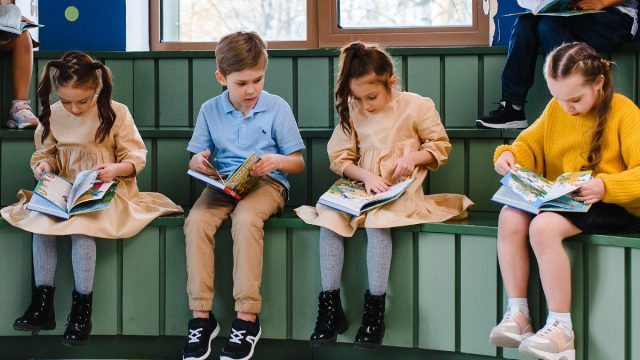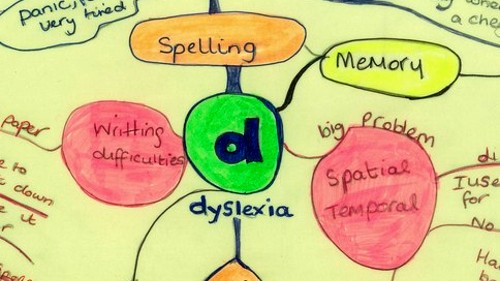Mental Imagery and Reading Comprehension

Recent research shows a strong link between mental imagery and reading comprehension. Across three different experiments with hundreds of adult readers, researchers Sebastian Suggate and Wolfgang Lenard found that mental imagery is a unique predictor of reading comprehension ability. 1
This research was strengthened by the use of a new, objective measure of mental imagery, called the Imagery Comparison Task (ICT). This objective test showed an association between image-based thinking and reading comprehension that could not be established from self-reported measures of mental imagery. Additionally, the connection between mental imagery and comprehension persisted with tests of reading material tied to abstract conceptual knowledge, rather than easily pictured content. This indicates that the subconscious use of mental imagery plays an important and consistent role in the understanding of text.
This research was conducted among university students in Germany. The researchers did not explore whether any of the participating students were also dyslexic. However, these findings shed light on another recent study showing that dyslexic university students in France outperformed other students on tests of reading comprehension in untimed conditions.2 There is now a large body of research, as well as countless anecdotal reports, establishing that dyslexics tend to rely largely on image-based (picture) thinking.3 So it is easy to see how this innate dyslexic talent would translate to an advantage, once underlying mechanical barriers to gaining reading proficiency have been addressed.

Of course, this research also supports the Davis tools of Symbol Mastery (clay modeling) to create mental images for the small, abstract words of language, and Picture-at-Punctuation to connect visual imagery with passage reading. Although these tools were developed as an intervention strategy for dyslexic learners, they have been successfully extended and implemented in general classroom settings with Davis Learning Strategies.
The authors of the Mental Imagery study also encourage educators to foster imagery abilities in all children as an important, general cognitive skill. They concluded, “Viewing mental imagery as a skill to be acquired alongside other skills, such as reading and arithmetic, could enrich the educational landscape, thereby returning the experience of reading to the skill of reading.“
References
- Sebastian Suggate, Wolfgang Lenhard, Mental imagery skill predicts adults’ reading performance, Learning and Instruction, Volume 80, 2022, 101633 (Open Access)
- Brèthes H, Cavalli E, Denis-Noël A, Melmi J-B, El Ahmadi A, Bianco M and Colé P (2022) Text Reading Fluency and Text Reading Comprehension Do Not Rely on the Same Abilities in University Students With and Without Dyslexia. Frontiers in Psychology 13:866543 (Open Access); See Reading for Understanding-The Dyslexic Way
- See references listed at Research Topic: Picture-Thinking and Dyslexia









